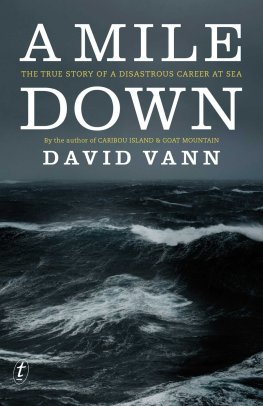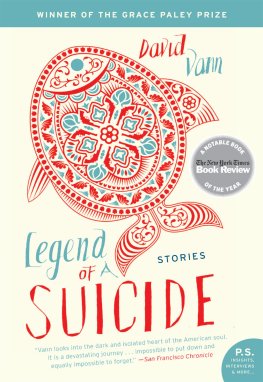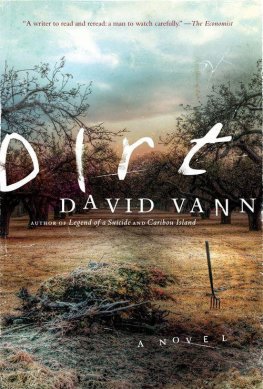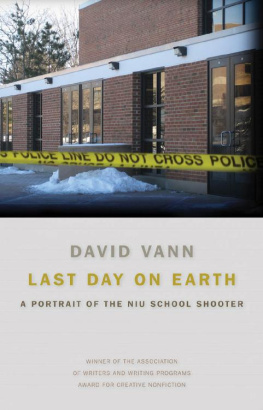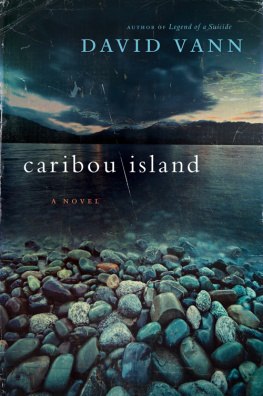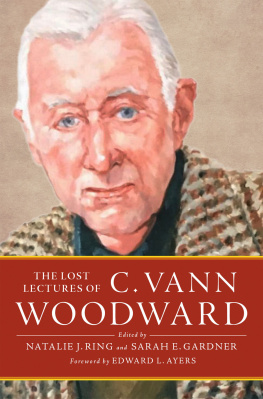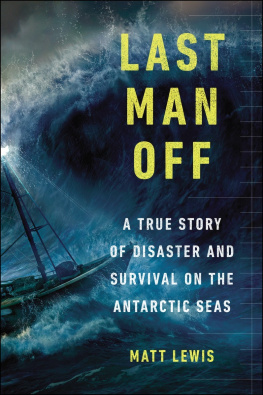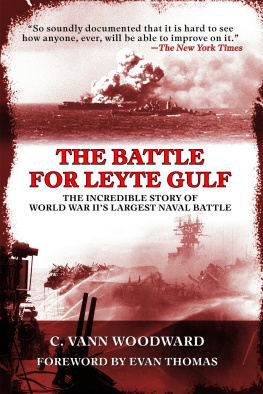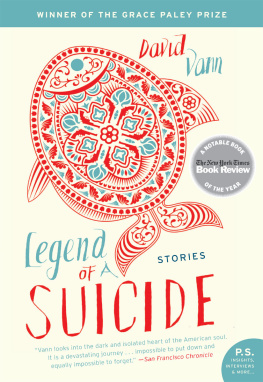David Vann
A Mile Down: The True Story of a Disastrous Career at Sea
THERES MORE ART in this world than we think. The art of welding, for instance. In the faint green light through the welding mask, the electrode in my right hand sends a funnel of energy shielded by inert gas, a miniature environment of purity, without the contamination of oxygen. At the melting point, the surfaces of the two aluminum plates form a molten crescent moon. With my left hand, I tap the end of an aluminum rod into the center of this moon and a new crescent instantly forms. Superheated, it sucks up into the sides of the plates and tugs at their edges, creating two small rivers and this vortex where I tap again, forming the newest moon. Its as beautiful as writing or love or anything else in this world, and it surprises me. I had imagined welding to be a brute task and nothing more.
The afterlife of ruin had seemed brutish, also. Sleepless nights, a general aching, and disbelief. But there were no recriminations from my wife or her family, and they gave me the room and support to recover, until new dreams arose and opportunities presented themselves. Ive come to realize that a life can be like a work of art, constantly melted away and reshaped. This story is of that melting away.
In the summer of 1976, my fathers new, sixty-three-foot aluminum commercial fishing boat was launched, and in the eight months of construction beforehand and the nine months of using the boat afterward, he must have experienced many of the very same vexations and dreams I was to experience building my own ninety-foot yacht in Turkey. I have thought more than once that perhaps I embarked on the entire boating enterprise simply to repeat his experience so that I could know him better perhaps even, in a way, recover him after his death.
My father killed himself when I was thirteen, so my knowledge of him is limited. No one can tell me exactly why he decided to quit his dental practice and build a commercial fishing boat or what he felt when he had to sell the boat and return to dentistry.
His boat seemed a ship to me, grand and impossible. It was an adventure, and I do remember my father smiling, seeming happy, feeling the adventure as much as I did. I was too young to know anything of financial worries, but I like to believe my father was not thinking only of that. I like to think he enjoyed seeing the boat take shape, felt pleasure at running his hand along its raw aluminum hull that would never rust, not in a hundred years.
I remember how he looked then, too, very similar to how I looked when I was building my boat in Turkey. We were almost the same age, early thirties, both with the same short hair receding at the temples, both letting our beards grow a bit, both dressing in old T-shirts. And the oddity of what we were doing was remarkably similar. But I never consciously intended to repeat my fathers life, only followed the opportunities I saw, and considering the complicated factors involved, its just as easy to say the similarities occurred by chance.
I first visited Turkey and met Seref in the summer of 1997, just before running my first charters on a smaller boat in the San Juan Islands north of Seattle. I was a lecturer at Stanford, teaching creative writing, and because I could not get a tenure-track job at any university without publishing my book, Legend of a Suicide, which at that time no agent would send to editors, I had started an educational charter business, earning my captains license and teaching creative writing workshops aboard a sailboat. The workshops were offered through Stanford Continuing Studies. I was excited about the business and my new life as captain, but when I visited Turkey that summer and saw the ninety-foot hull, my plans and dreams became much larger.
I am Seref, pronounced like the good guy in one of your westerns, Seref told me. He was a handsome man in his early forties, wearing a polo shirt, shorts, and boat mocs. He owned a tourism agency on the Bodrum waterfront, and I was looking for someone to tell me about the large charter boats in the harbor. I show you any of these boats, he said. I am the president of the chamber of commerce in Bodrum. Everyone knows me.
I have loved boats all my life, gazed at all of them longingly, large and small, but I have never been so enchanted. These were enormous wooden sailboats, like pirate ships. Eighty feet long, some over a hundred feet, with bowsprits and wooden masts, varnished rails and carved sterns. On the bow of one of these, sailing along this coastline, I could imagine I was Odysseus, and in truth the boat he sailed on would have been almost the same in shape and material, different only in equipment.
The boats were made cheaply, however. In two of them, as I stood in their cabins, I could see sunlight through the walls.
Seref drove me along the sea to Icmeler, where the boats were made. On a wide dirt beach was a great crowd of wooden masts and hulls, most of them under construction, others hauled out for repair.
We go to the yard that makes the steel boats, Seref said. Boats that can go on any ocean.
We arrived at a warehouse with an overhead crane and two hulls being constructed beneath, one a traditional design, a gulet, but out of steel, the other probably a boat for dive charters, judging by its aft deck.
This is my dive boat, Seref said. It will be finished next month.
Yours? I asked.
Yes, I know something about steel, David.
We moved on to the other section of the warehouse, which held one large steel hull. We stood beneath the stern. It was massive. Marcellillian was stenciled up high, temporarily. The boat had been named and registered but was sitting here unfinished except for the hull.
This one I think is for sale, Seref said.
Grendel, my forty-eight-foot boat, was large, but this hull was on a different scale. Almost ten feet of draft for its twin keels. The rudder taller than I was, and broad, hung by a single stainless pole. Above this, another ten feet of freeboard to reach the deck; the boat stood over twenty feet above us and was just as wide. Two stories of boat. I asked its weight and length.
Seref said it was ninety feet. And I dont know how many tons, but so heavy. Too heavy. Maybe 110 tons, I dont know.
Since I was already in debt with Grendel, I had no idea how I could possibly scrape together the financing. But I knew, as I stood there my first afternoon in Turkey, that even if it screwed up my life considerably, I was going to try.
Ive always worked hard, but the idea of the working life has frightened me since childhood. I had nightmares of adults working hard and endlessly at tasks they did not enjoy so that they could continue working hard and endlessly at tasks they did not enjoy. There was no other purpose or end point. Work so that you can keep working. It seemed a proposition that could easily end in suicide. I wanted to escape this. I wanted to free myself from the working world and have time to write. And I wanted adventure. Grendel could never free me, but this boat could.
While I inspected the boat, Seref didnt say a lot. I think he knew, as good salesmen do, that I was already fashioning my own chains. There was no point in discussing anything practical. All that mattered was the dream. The dream of escape had me now, and everything else would get pulled along with it. I had no money at all, and it was impossible, but he must have known I had already bought this boat.
I leased a boat from Seref the following summer and ran charters along the Turkish coast. The ports we visited were ancient and beautiful. I became good friends with some of the guests, and because Avrasya, the boat I had leased, was fully crewed, with captain, cook, and sailor, I was not responsible for maintenance or repairs or sailing the boat. I taught creative writing workshops morning and evening, enjoyed the tours with my guests, and had a glorious vacation all summer long.

